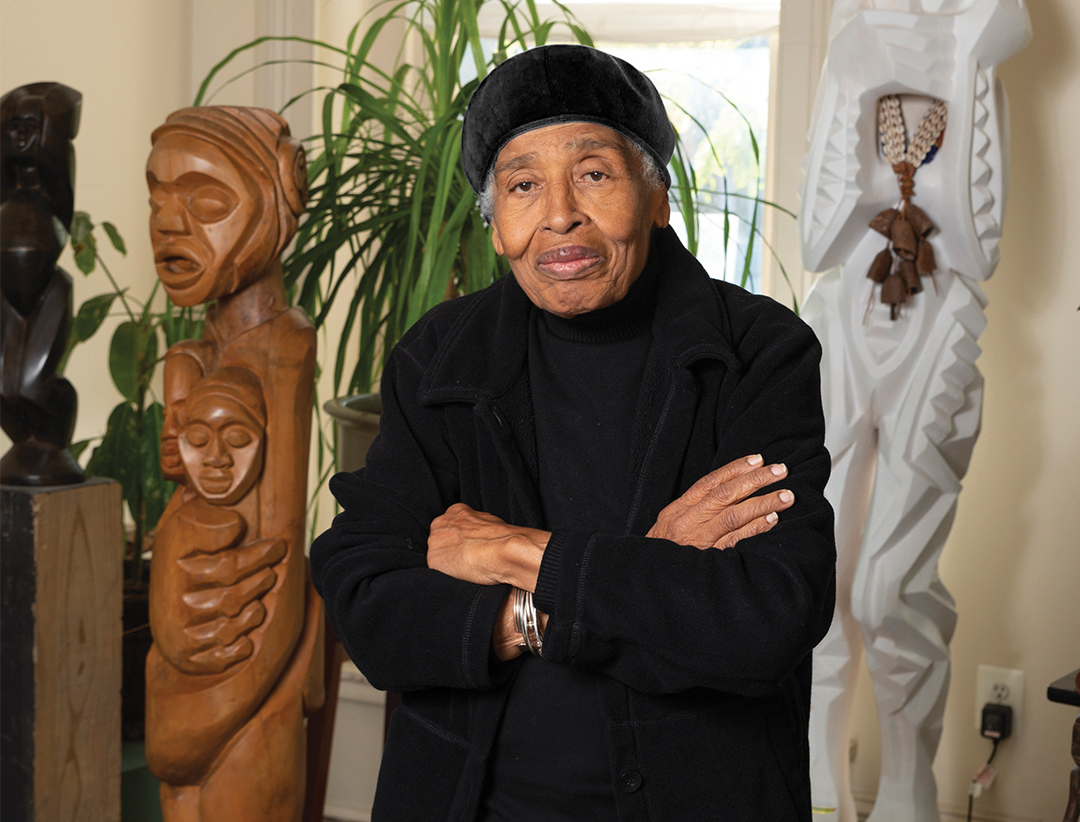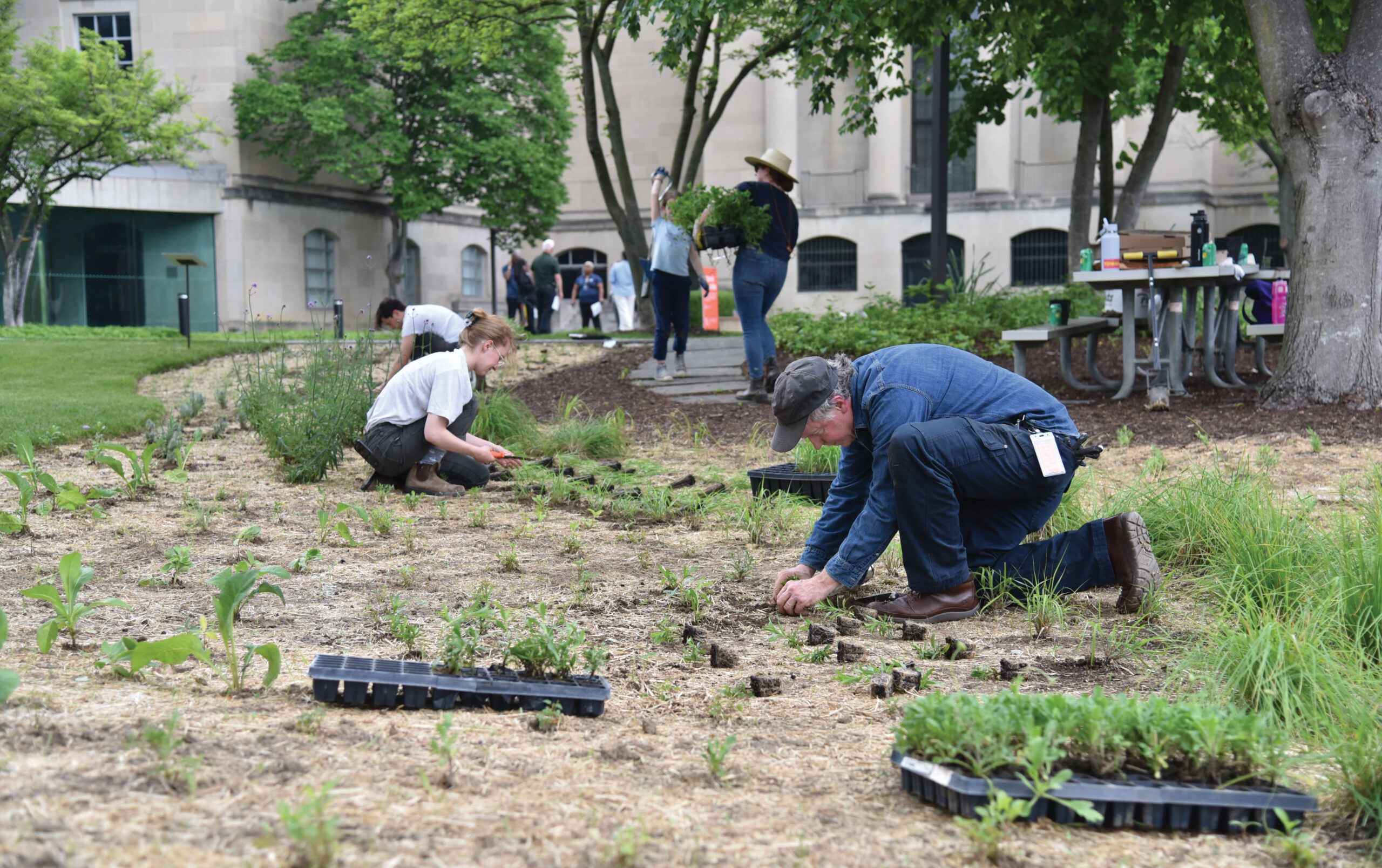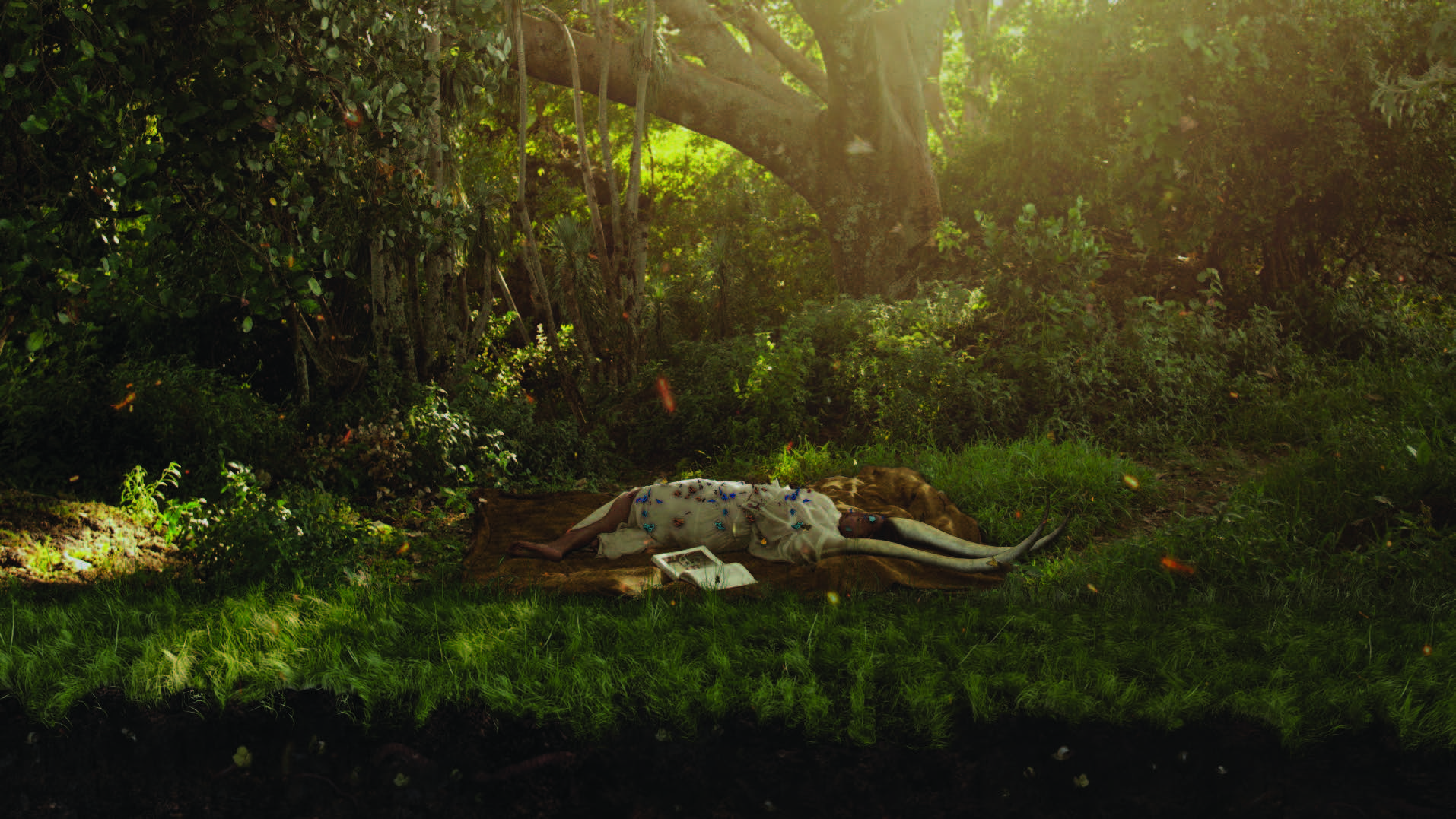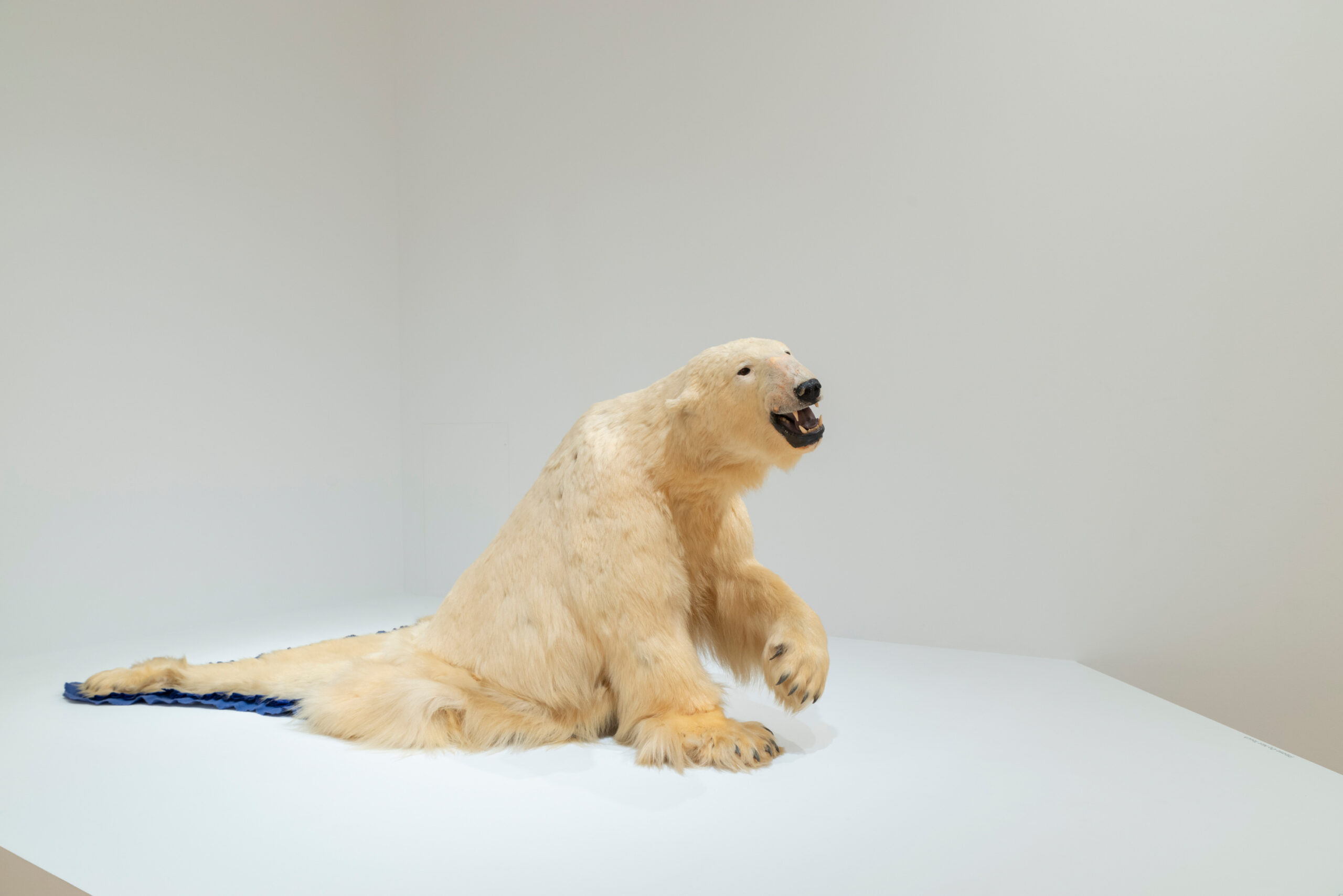
Impossible things happen when you come upon Valerie Maynard’s work, wrote Toni Morrison in July 1989 for the introduction to Maynard’s lithographic portfolio, Lost and Found. In a career that spanned more than six decades, the artist told the stories of our time, documenting the struggle for civil rights worldwide and capturing what the artist referred to as the “human-beingness” of life. She was a teacher, visionary, mentor, and friend who had a tremendous impact on the Baltimore arts community. The BMA is honored to have her work in its collection for visitors to experience for years to come and to acknowledge her passing on September 19, 2022, by sharing the artist’s words. What follows is an excerpt from her 2019 interview with Howardena Pindell. With her characteristic humor and introspection, Maynard spoke with Pindell for the exhibition catalog, Lost and Found, published in conjunction with Maynard’s retrospective of the same name at the BMA.
Howardena Pindell: When did you become aware that you wanted to be an artist?
Valerie Maynard: I was just always curious, and I was always able to make things. I don’t know where it came from, I didn’t pick it up in a formal way, whatever I was doing. I was always interested in crafts, and sewing, and fixing things. I think creating was always there, from my father making things, my grandfather making things, and just seeing craftsmen. You knew who the cobbler was, who did the hats, all these people were alive and well, and working behind a little shop. I would just go watch, and I would just be able to pick it up. I was lucky to have grown up near the Schomburg Center [for Research in Black Culture] and the Countee Cullen [branch of the New York City Public Library] … it was my neighborhood place. I didn’t know what that really meant to be among the minds working in and the contributors to that very one space. I grew up on 142nd Street between Lennox and Seventh Avenue. I didn’t realize, every parade came through that block because the Armory was at the end of the block. But I had seen every kind of dignitary, every kind of person, and all of that, and I had the Apollo, but across the street was the Savoy Ballroom. That meant I heard jazz all day. They had rehearsal. At night people were coming out dressed beyond consciousness. What I would say mostly about Harlem is you would be living next to brilliant minds like Audre Lorde who became poet laureate, but of course, you didn’t know the future at the time. You just knew them as a neighbor … But we didn’t just stay in Harlem. We went to all five boroughs. If there was something in town, we were going to see it. If it was a ship or whatnot, it didn’t matter what it was, we were going to see it.
Each one of us is unique, even though we’re all trying to do this artist thing. I think artists should get that, and not spend time being the observer to a screen or anything. Jump in, live in the world.
HP: Did you have your own studio?
VM: I found places I could work. In those days we would work anywhere. We knew how to get the electricity off the pole outside, and we knew how to connect it. And we—Tyrone Mitchell and [a] bunch of us—said whoever finds the tree, we would all use it [and take turns getting the wood]. We helped each other all the time. When I lived in New Rochelle, Elaine Journet, a portrait painter, put an ad in the paper. She was looking for an assistant to work in her studio. But whatever I wrote, and I will never know what I wrote, as soon as she read this thing, she said, “I want to meet this person.” I was maybe 17 or something like that. So she painted portraits, but she was also a professional cellist, so she’d go to Brandywine Festival of the Arts and I’d have the studio all summer, and I’d have the studio after 5 the rest of the year, and use all the thrown away supplies like water pastels, paint, and whatnot. Her friends were astrologers and other very interesting people. They would leave me a book, or talk to me about this and that, so different people were very instrumental in that I learned a lot of stuff. So I’d be in there for days. That helped me a lot to know that I needed a space of my own. That I always needed a sanctuary and wanted to think or whatever, and I got the habit of, even if I was in a relationship or whatnot, you couldn’t come to my studio. [I would say] “I can’t come to your job.” I don’t know where I got it from but … “When are you coming?” I don’t know. I may be here three days, four days, I just don’t know. So I was conscious that your spirit needs a place to be.
HP: Could you tell us about your work, past and present, that focused on your interest in inequality and civil rights?
VM: No, because my father and everybody would always tease me, “You’re always for the underdog…”, which I was. I couldn’t stand somebody taking advantage of anybody, and not that I was any bigger or stronger or anything, I’d be right in the middle of it, “What do you think you’re doing?” So I think it comes down to that, not that I’d particularly chose to use that as a subject, I don’t remember that being that way. It just evolved. What I’d thought, what I’d seen.
HP: Do you have any advice for other artists both young and old?
VM: Yes, my advice is the bag is already packed. When we ask people to study other people, or movements, or techniques, they’re being pulled away, and all that is inside them is just sitting there tapping its foot saying, “When you coming over here?” So I think it can be a distraction. Take time to mature and really get to know how you feel, how you think. Each one of us is unique, even though we’re all trying to do this artist thing. I think artists should get that, and not spend time being the observer to a screen or anything. Jump in, live in the world. I’ll come into town, and everybody would say, “Hey Valerie, how long you staying?” and who I’m with will say, “How the hell do you know all of these people?” It’s the only way we can get to come to some kind of balance, and what I call human-beingness.




